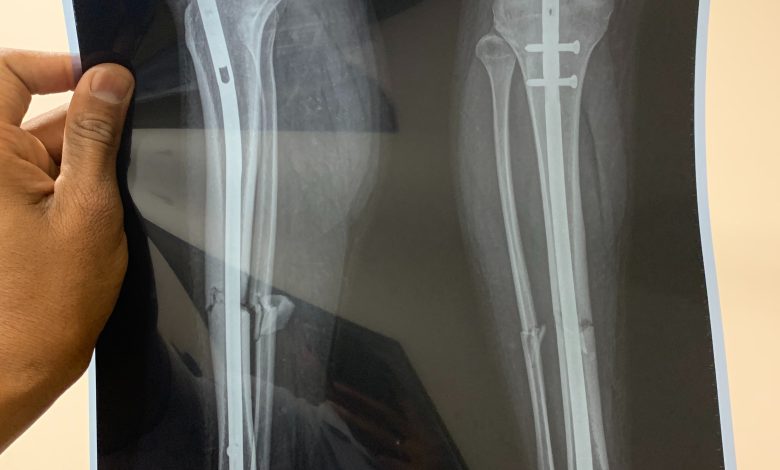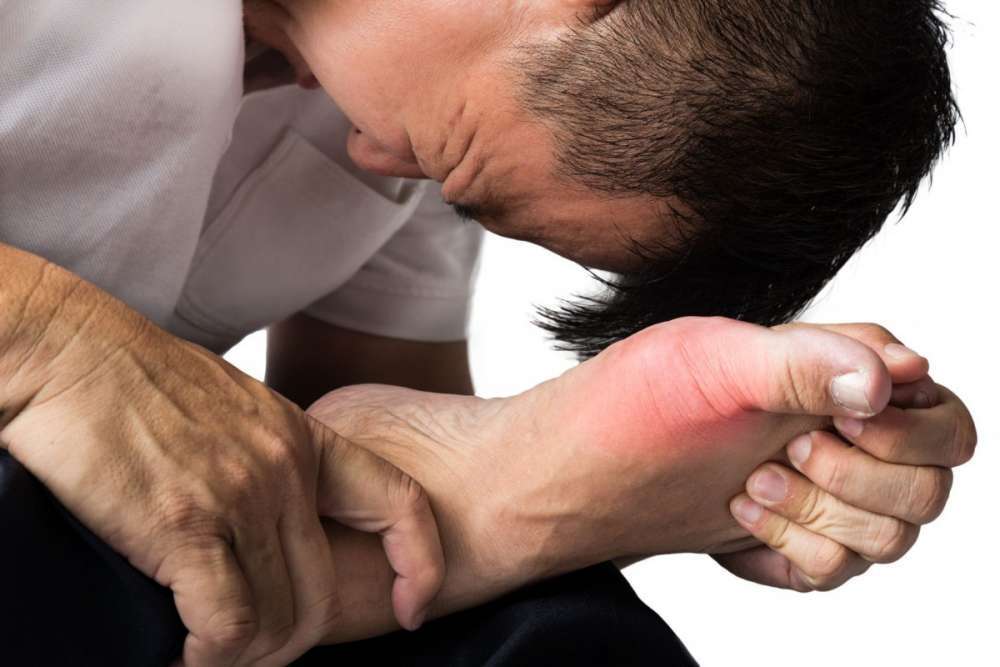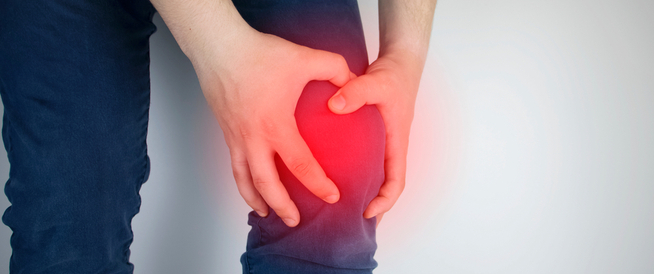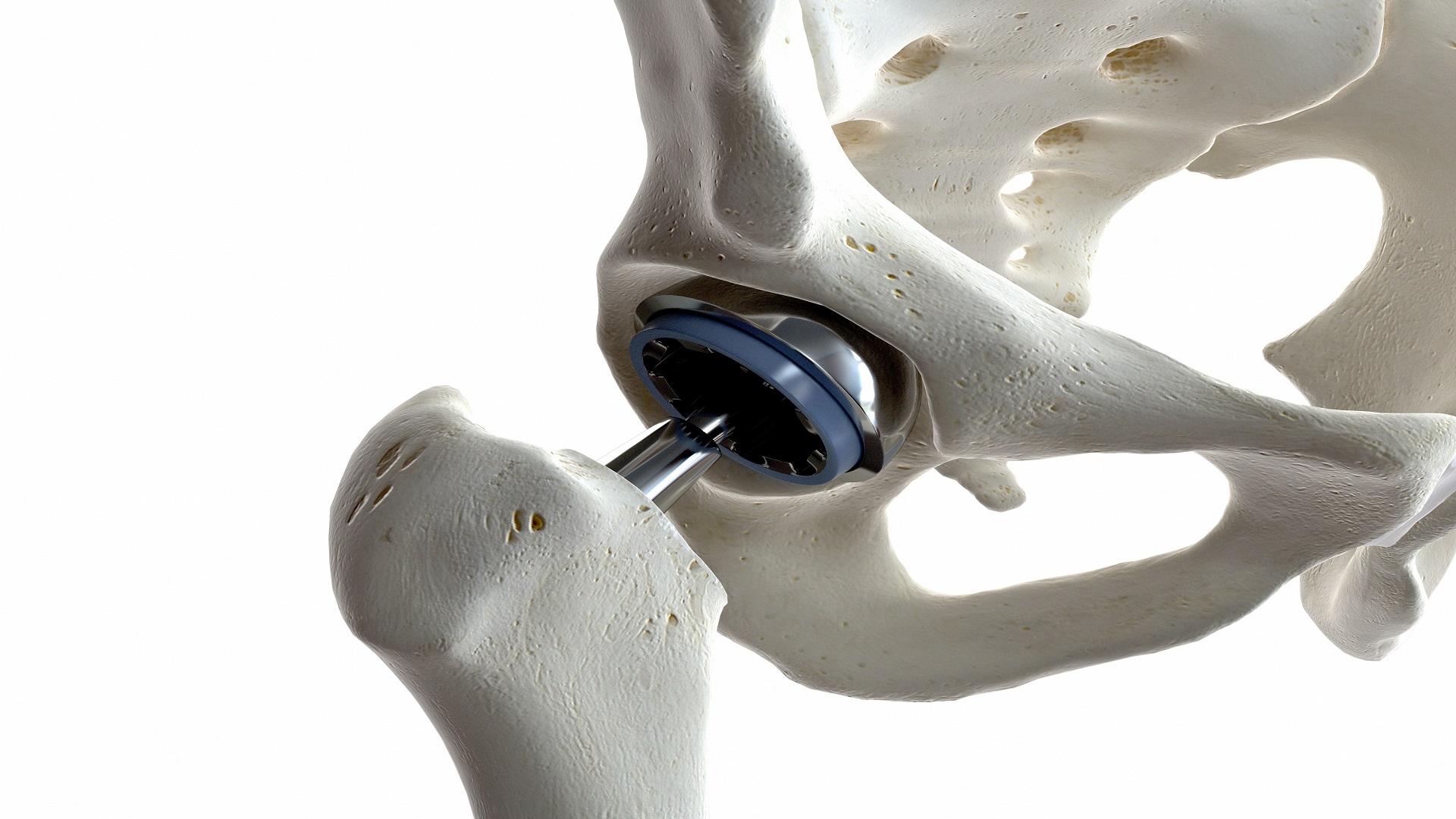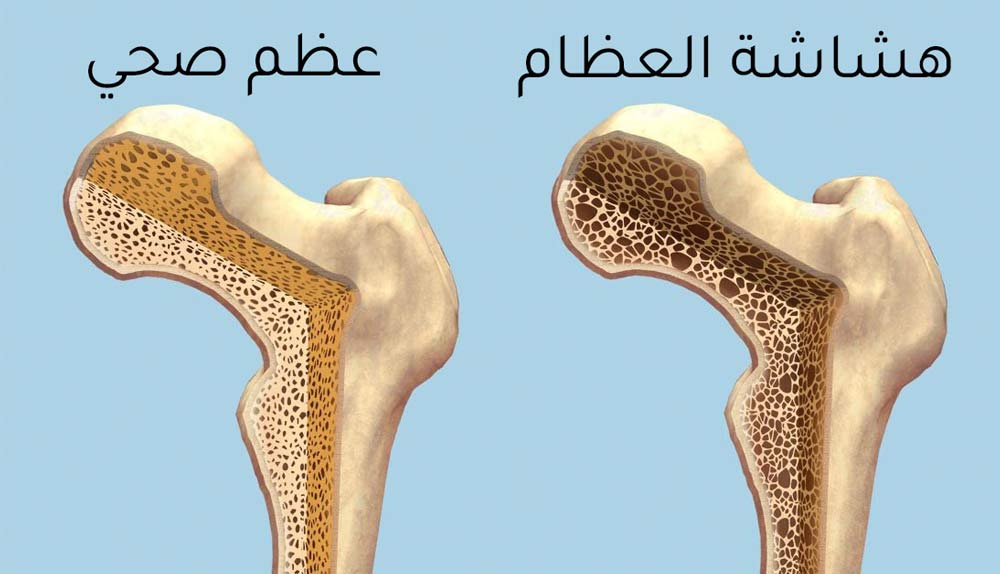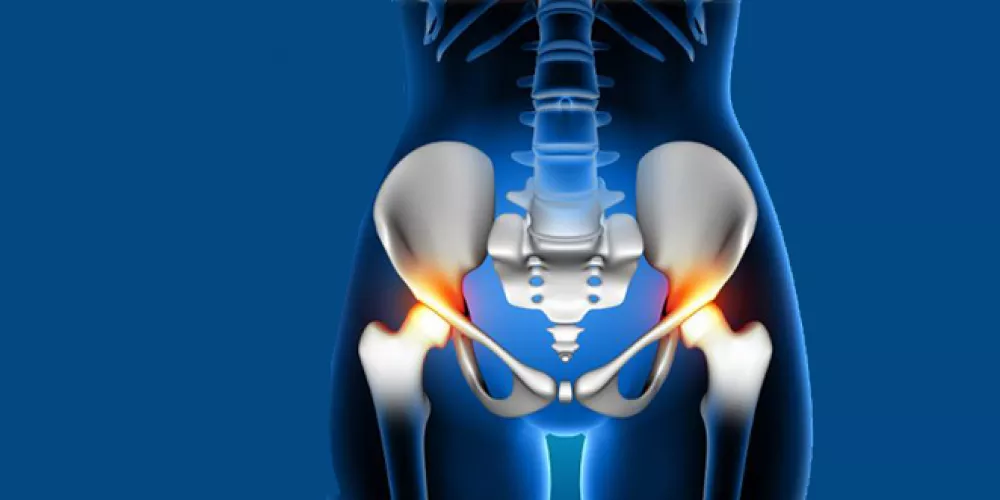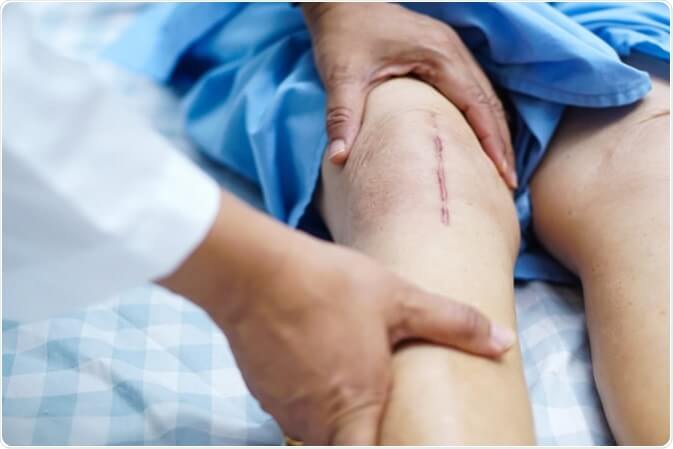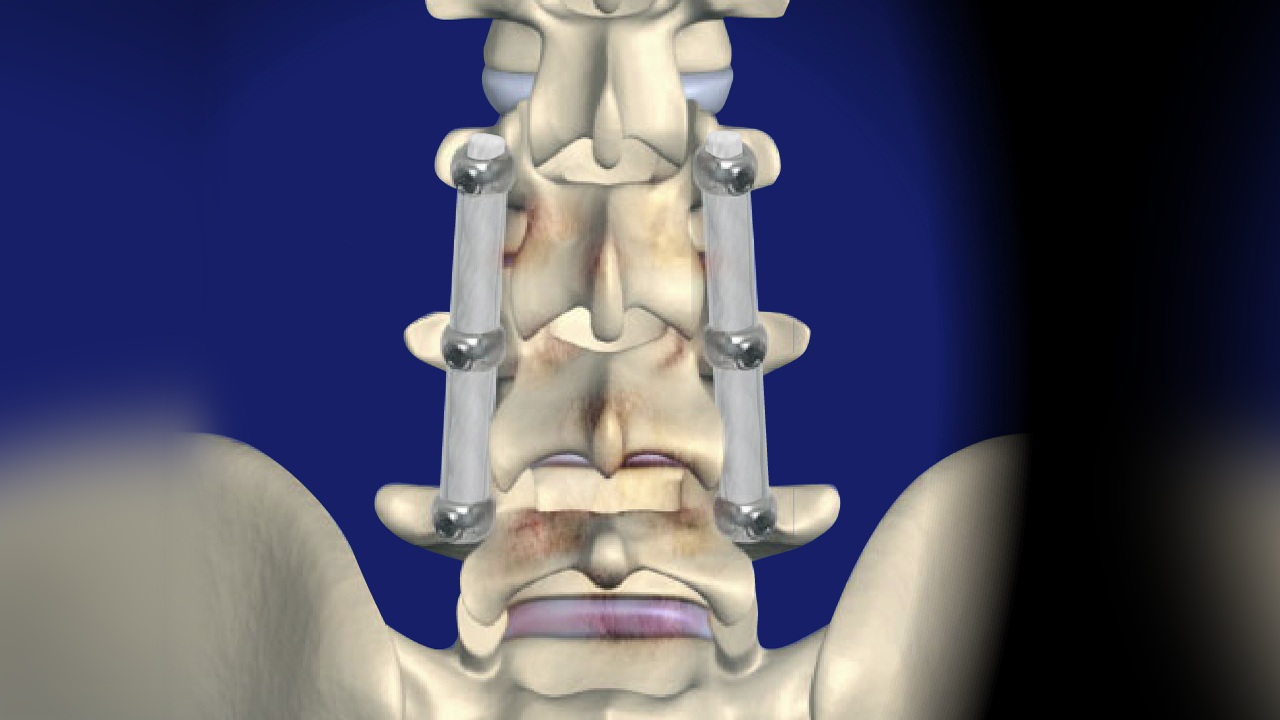Discover the cost of a facelift procedure in Egypt and its success rate
What is the cost of a flat foot surgery in Egypt? Flat foot, or what is known as “flatfoot,” is a problem that many people suffer from, and some may consider surgery as one of the last solutions for it. The most important question that one may have is the financial cost of the procedure, and that’s what we will delve into in detail in this article, so stay with us.
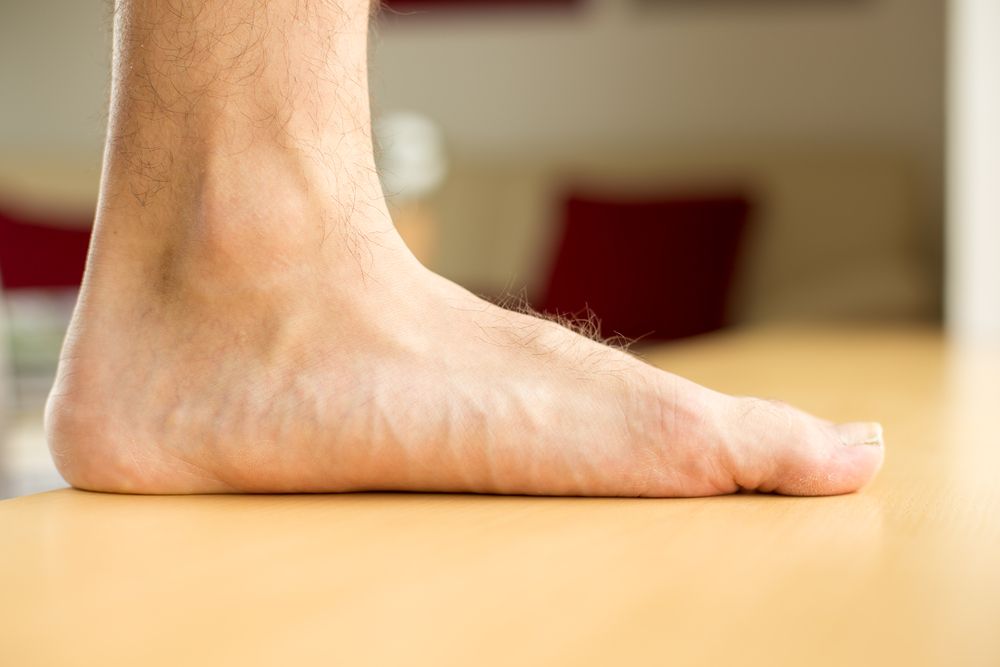
How much does flat foot surgery cost in Egypt?
Experience comfort and comprehensive improvement of your feet with the expertise of Dr. Amr Amal in flat foot surgery.
The cost of flat foot surgery in Egypt varies between 20,000 to 50,000 Egyptian pounds, depending on the skill and competence of the doctor, the hospital where the patient undergoes the procedure, and the post-operative care received. If you would like to know about the best doctor who can perform the procedure and its cost, you can read this article.
How do you know if you have flat feet?
One can identify having flat feet when they notice the appearance of certain symptoms, including the following:
The primary sign is when a person’s feet make full contact with the ground when standing, known as flat feet. Swelling in the foot. Swelling on the inner part of the ankle. Pain in the lower back, shin, hip, or knee. Pain in the heel and inflammation, or in the area where arches typically form, which worsens when the person moves their feet.
Degrees of Flat Feet
Through research and studies, it has been established that flat feet have three degrees, as follows:
First Degree: Doctors classify flat feet as first-degree if the inner borders of the sole are concave and located on the inner side of the foot axis, with a small arch present in the foot. Second Degree: This degree is assigned if the inner borders of the sole are straight and do not pass through the middle of the foot axis, meaning the foot completely lacks an arch. Third Degree: Doctors refer to this degree when the inner borders of the sole are convex and intersect with the foot axis, creating a convex arch in the foot.
Causes of Flat Feet
Genetic factors are one of the leading causes of flat feet. Other factors contributing to the condition include the following:
Rheumatoid arthritis. Down syndrome. Excessive obesity and pregnancy. Chronic conditions such as high blood pressure and diabetes. Achilles tendon injuries, referring to the tendon that connects the leg muscle to the heel and arch muscles. Injury to the foot or ankle, leading to tendon or bone problems. Neuromuscular diseases, such as cerebral palsy, spina bifida, or muscular dystrophy. Damage, tearing, or malfunction of the posterior tibial tendon, a muscle located in the leg and running through the arch.
Flat Foot (Pes Planus) Damage
Flat feet, or Pes Planus, is a deformity that affects a person’s feet and, as mentioned earlier, it has various effects on a person’s life. Flat feet lack any arch and make full contact with the ground when standing.
Some individuals experience flat feet in both feet or in only one foot, depending on genetic factors. Some people are born with flat feet, while others develop it over time.
Initially, individuals with flat feet do not experience pain and do not need frequent medical check-ups. However, as the condition progresses, it can lead to complications and damages, including the following:
Arthritis. Postural problems. Achilles tendonitis. Development of bunions. Stress fractures in unaffected limbs. Ingrown toenails. Hammer toes.
In such cases, the patient should seek immediate medical attention if they feel pain spreading, especially to the feet, joints, or lower back.
How is Flat Foot Diagnosed?
Flat foot is diagnosed through clinical examination initially. The doctor examines the arch of the foot while the patient is seated and standing, and assesses the lower leg area. The doctor also asks the patient about their symptoms and how long they have been experiencing them. Additionally, the doctor inquires about the family’s medical history regarding flat feet or recent foot injuries.
The doctor may ask the patient to place their feet on the ground and support themselves on their toes while observing their movements during walking. To confirm the diagnosis, X-rays of the patient may be requested to examine bone structures and evaluate the degree of flatness, thus determining the appropriate treatment method.
In some cases, patients may need a CT scan, MRI, or electromyography (EMG) depending on specific circumstances. Consult with Dr. Amr Amal for an accurate diagnosis and the appropriate flat foot treatment, and prepare for utmost comfort.
How to Prevent Flat Feet
In many cases, there is nothing that can be done to prevent flat feet, especially when it is caused by genetic factors. However, the progression and deterioration of the condition and the alleviation of severe pain can be prevented by:
Choosing shoes that fit well and provide proper support to the feet. Maintaining a healthy weight. Preserving overall body health and protecting against chronic diseases to reduce the risk of flat feet. Is There a Treatment for Flat Feet?
Yes, there is a treatment. However, if the feet are flat without causing any pain or hindrance to the patient’s movement, there is no need for treatment. But when symptoms are present, treatment may include:
Stretching exercises for leg muscles to improve flexibility. Orthotic devices like arch supports that can help control pain or complications associated with flat feet. Anti-inflammatory and pain-relieving medications to alleviate pain. Getting some rest to reduce the severity of pain. Applying ice packs to help reduce pain and inflammation. Considering flat foot surgery.
For more details related to flat feet and its treatment, click here.
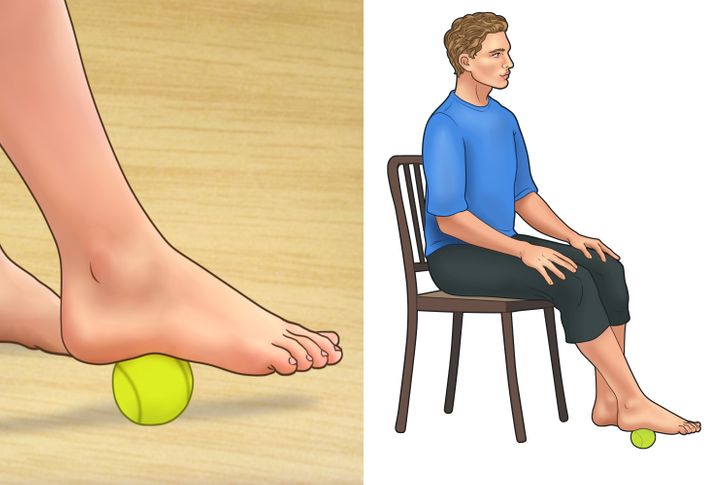
Treatment of Flat Feet with Exercises
Physical therapy is one of the methods used to treat flat feet, aiming to reduce its appearance. These exercises help extend and strengthen the tight tendons and muscles of the flat foot, improve flexibility, and enhance movement. They include the following:
Golf ball exercise: This exercise involves sitting on a chair and placing a golf ball under the foot’s arch. Roll the golf ball forwards and backward under the arch for about two minutes.
Pen exercise: This exercise aims to strengthen the foot and increase the strength of the muscles that support the arch. Place a pen under the arch of the foot and start applying pressure.
Steps Before Flat Foot Surgery
Flat foot surgery does not require any specific steps before the procedure. However, like any surgical procedure, patients should refrain from smoking and alcohol consumption for an extended period of 4 to 8 months before the surgery. This is because smoking reduces the healing rate and the wound’s ability to heal, increasing the likelihood of clot formation in the lungs and limbs.
Flat Foot Surgery
Bid farewell to foot pain and structural problems with the flat foot surgery offered at Dr. Amr Amal’s clinic.
Flat Foot Surgery: This procedure aims to correct flat feet by reshaping the bones and ligaments of the foot, restoring the natural arch of the feet. Doctors resort to it when the patient does not respond to any other solution, making it the final step for the patient’s recovery. It does not require any medication after healing, and it restores the foot’s natural movement, allowing the patient to perform all physical activities easily and comfortably. The procedure involves the following steps:
The doctor uses local anesthesia for the foot, in addition to general anesthesia to ensure the patient does not feel pain for an extended period. Next, the doctor repairs the tendon responsible for the flat foot problem by replacing it with another tendon from the patient’s body. This stage is called “rebuilding the posterior tibial tendon.” Then, the doctor repairs the ankle bones by cutting or fixing some parts using surgical screws. Afterward, the doctor places a post-operative cast that extends from the knee to the toes to immobilize the foot. Expected Results After Flat Foot Surgery
Patients will gradually feel improvement following the procedure and will be able to engage in sports and physical activities within 6 to 12 months after the surgery. The doctor will determine the progress that the patient should follow during the upcoming follow-up visits, as follows:
In the first and second weeks after the procedure, the patient will wear a plaster cast. After two weeks to a month and a half, the patient will remove the cast and begin using crutches and a special post-operative shoe. Between a month and a half to three months, the patient will be able to discard the crutches, and the doctor will provide arch supports to be placed inside the shoe. After three months, the affected person can get rid of the arch supports and wear regular shoes, resuming their normal life to a great extent.
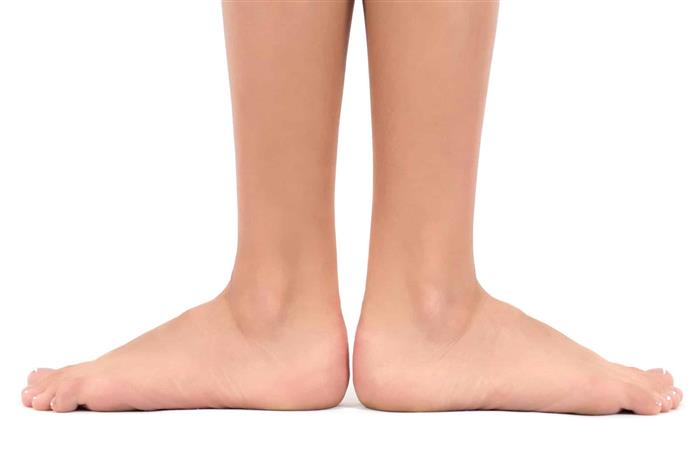
What Is the Success Rate of Flat Foot Surgery in Egypt?
Flat foot surgery is highly successful in Egypt, with a success rate of up to 98%. It is considered one of the most successful surgeries, and its safety rate is significant. Most flat foot surgeries are performed without any serious complications. However, there are some rare complications, including:
- Infection due to inadequate sterilization, although the chances are extremely low, as antibiotics provide complete protection.
- Some patients may continue to experience the same symptoms after the surgery, necessitating further surgical intervention.
- The possibility of bleeding due to damage to blood vessels.
- Improper bone healing.
- Temporary numbness due to nerve damage.
- Deep vein thrombosis (DVT).
If you would like to learn more about the potential complications of flat foot surgery and its success rate, please read the following article.
Recovery Time After Flat Foot Surgery
Patients typically need to use a wheelchair for up to six weeks due to the presence of a cast that stabilizes the feet. After removing the cast, the doctor will provide a specialized shoe to support the feet during the recovery period, allowing for a certain level of mobility.
Most patients who undergo the surgery are discharged from the hospital on the same day or one day after the procedure. After one week post-surgery, the patient should be able to walk short distances using crutches. However, the full recovery process can take between 6 weeks to a maximum of 3 months.
Best Doctor for Flat Foot Surgery
Flat foot surgery requires a skilled and competent surgeon, and Dr. Amr Amal, an orthopedic and joint surgery consultant at Ain Shams University, fits that description. He also serves as a faculty member at Ain Shams University. Dr. Amr is known for his extensive experience in flat foot surgeries, high success rates, regular follow-up with patients, ensuring their well-being, and selecting the most suitable treatment plan for them.
Distinguishing Between Rigid and Flexible Flat Feet
- Rigid Flat Foot: In this type, the arch of the foot remains flat when the foot is lifted or placed on the ground. Patients with this type experience foot stiffness, pain, and significant difficulty in movement.
- Flexible Flat Foot: In this type, the arch of the foot appears when the foot is lifted but disappears when the foot is placed on the ground. This type rarely causes pain and problems, especially in younger individuals.
If you would like to learn more about the distinct differences between these two types, we recommend reading this article.
Does flat feet cause disability?
Flat feet are not considered a disability but rather a deformity that occurs in the shape of the foot, where it becomes completely flat without any arches. It is not considered a serious condition if it does not result in pain or hinder the patient’s mobility.


